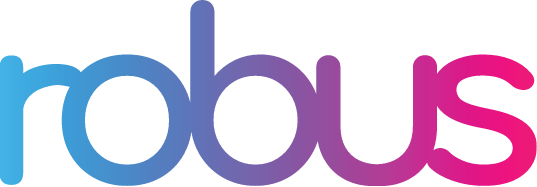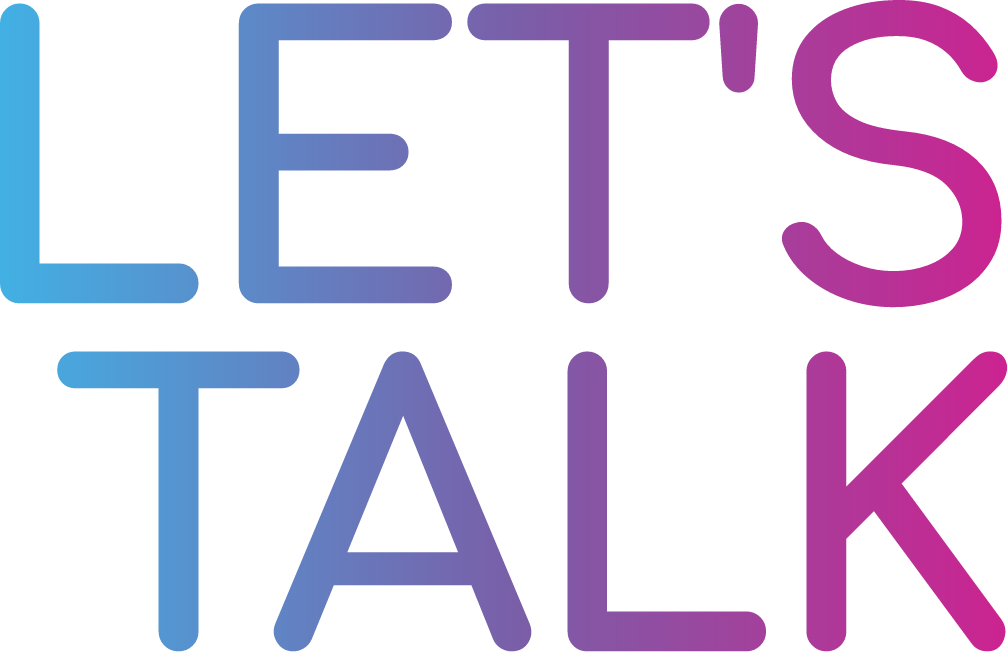If you have read one article about mergers and acquisitions in the legal world, you might have read them all. This phenomenon is not new. Mergers have become more popular yearly; field experts predict this trend will continue. This past year, law firms in the United States saw approximately 48 mergers completed, with more being made internationally. Now, all eyes are focused on the Allen & Overy and Shearman & Sterling partnership, which is predicted to finish its active integration plan in or before May 2024. This historical merger will include over 4,000 lawyers and 800 partners spanning 48 offices worldwide and combined revenues of about $3.5 billion. A&O Shearman reported that more than 99% of the votes cast at each firm favored the merger, citing this as a testament to the strength of the decision within both organizations. Beyond the facts and figures, this merger would create one of the only global firms with U.S., English, and local law capabilities of equal measure. During the first week of March, A&O Shearman announced its first senior leadership role appointments. Khalid Garousha has been elected as senior partner, and Hervé Ekué as managing partner of the firm, effective May 1. Other appointments included Adam Hakki, who will co-chair the global A&O Shearman board and executive committee and lead the firm’s U.S. business alongside Doreen Lilienfeld.
Generally, the goals of mergers are to broaden client relationships, create depth in essential practice areas, expand geographical reach, and forge the strengths of the individual firms into a more powerful combined entity. However, the reality of the situation is never so straightforward. With the legal landscape constantly consolidating and shifting, knowing what happens when the dust has settled and the documents are signed is essential. And, it begs the question, what is the human element of the merger, not just for A&O Shearman but for all other firms in parallel situations?
The answer can be complicated, but the baseline is simple: everything begins with the company’s culture. Firm leadership must consider how a changing environment can impact staff morale, culture integration challenges, and strategies for managing change. To unify two distinct firms, a dedicated integration plan, and a highly skilled team must be able to execute it. Additionally, monitoring the progress and measuring the performance of actions taken within both companies is essential for continued growth and success.
Change is the only constant during a merger, so checking in with internal and external clients before, during, and after the deal is imperative. The A&O Shearman mega-merger must consider these individuals while respecting the cross-border firms’ differences and adapting to local preferences and conditions. Wim Dejonghe, a senior partner of Allen & Overy, said, “There are significant benefits of this combination for our clients and our people.” He continued, “For Allen & Overy, this supercharges our ability to serve clients in the U.S. market, which has long been a strategic priority, and strengthens the core of our business around the world.” Unifying these two firms will require a lot of logistical decisions, including how to deal with current clients. Operationally, A&O Shearman announced it would remain business as usual until the deal is completed this upcoming summer, in May 2024. Delivering the highest quality advice to clients facing complex regulatory, technological, and geopolitical environments will continue to be the firm’s top priority during this transition and after.
Transparent communication is a cornerstone in navigating the complexities of this process. That said, honesty is one of the most powerful tools when strategizing toward growth through mergers. When the A&O Shearman deal was approved, the firm set up a landing page with vital facts and figures, leadership videos, and downloads with information, including frequently asked questions. A basic, aesthetically pleasing website is one example of how a law firm can encourage constant feedback on its progress and make real-time adjustments to streamline the process.
Like each lawyer, every merger and acquisition in the industry is different and requires a unique skill set and perspective. If done well, A&O Shearman’s trailblazing deal can pave the way for other successful mergers that bolster both firms, employees across the company, and clientele. Either way, the legal world can still learn from the rollout of A&O’s integration plan in the coming months and apply it to future mergers and acquisitions.





